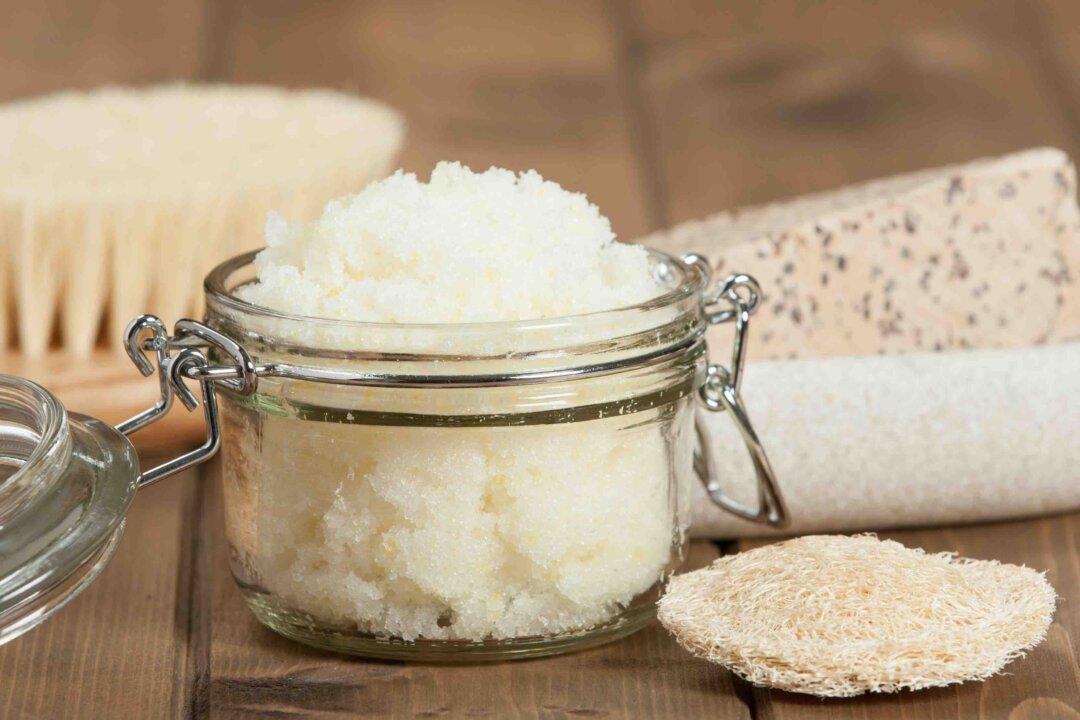Remember those Monday mornings when you rolled out the bed just an hour before clocking in at work? As you scrambled to get ready, what was your one “must-do” before stepping out the door? Grab breakfast? Brush your teeth? Or slather on a layer of high-coverage concealer?
We all dream of waking up each morning looking fresh-faced and effortlessly beautiful, but the natural process of aging combined with the stress of modern life makes that a tough row to hoe. While trying to regain the supple complexion of our babyhood is impractical, a good face scrub can be a very cost-effective solution to getting radiant-looking skin.




